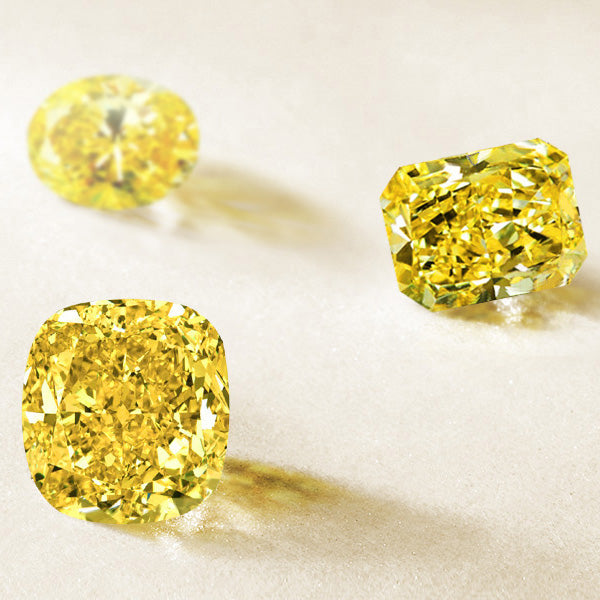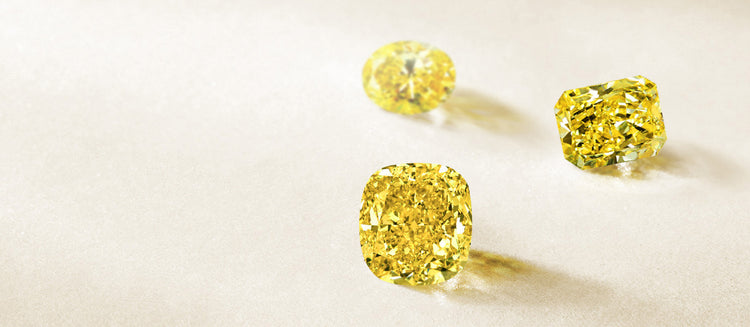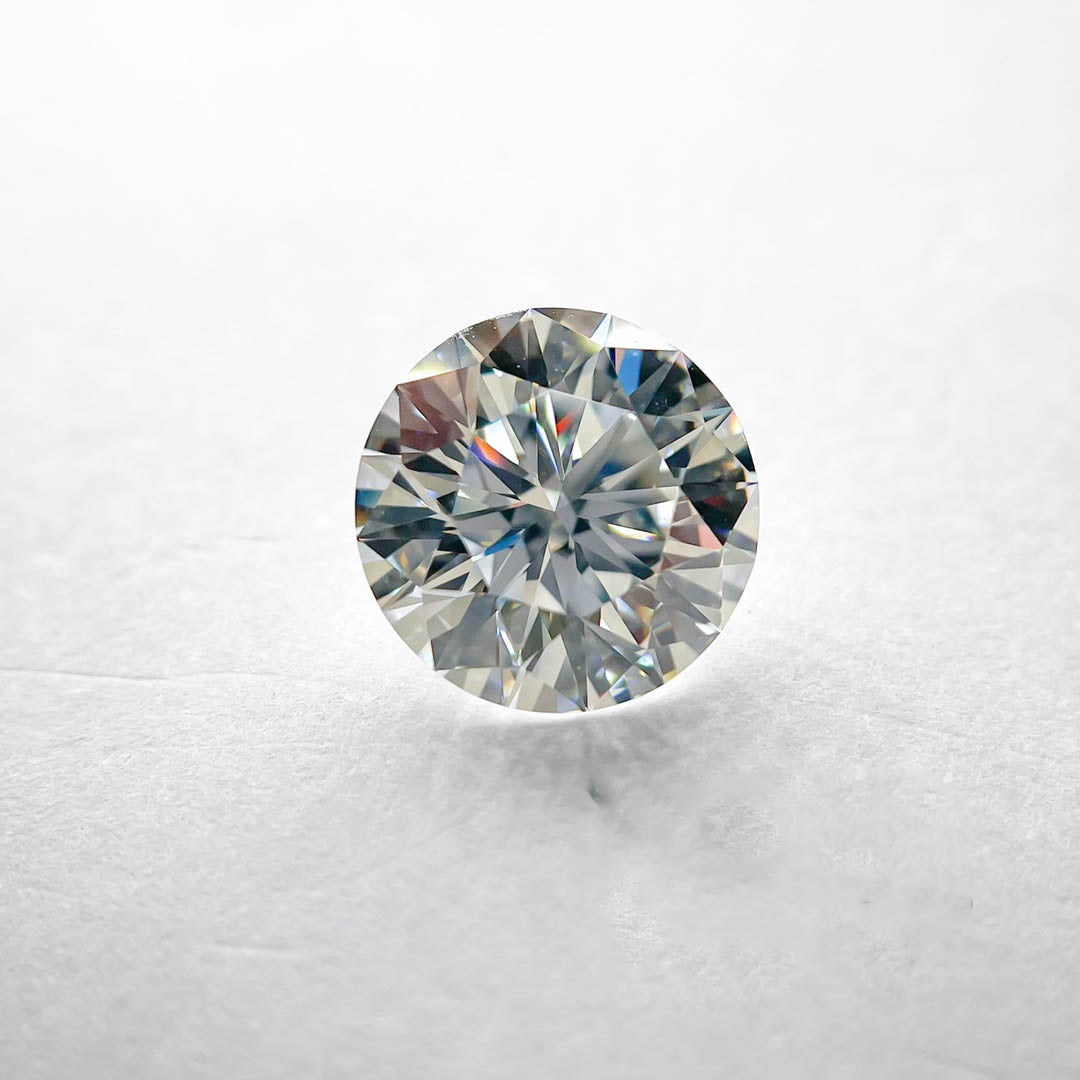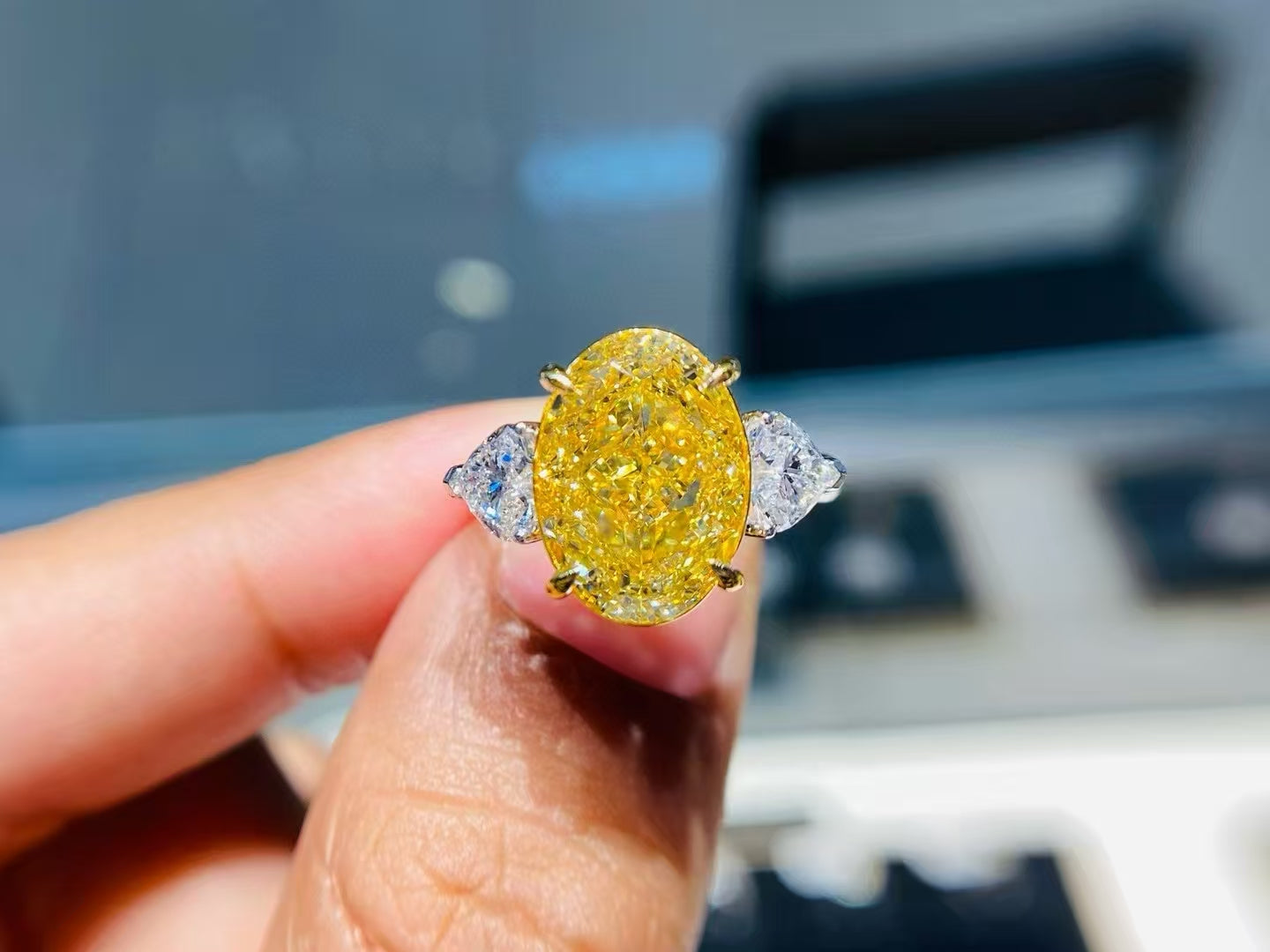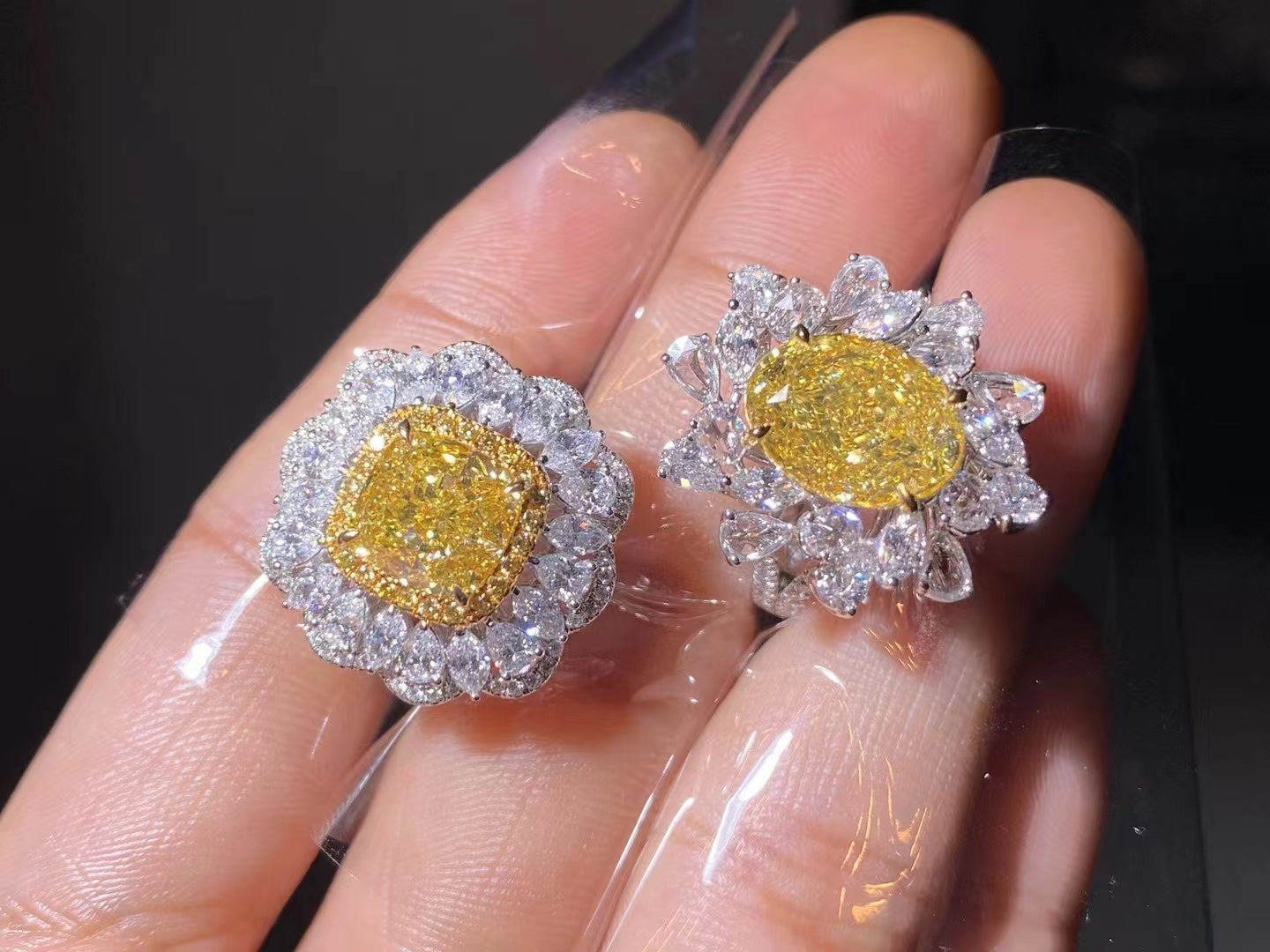Clearing the Air: Common Myths About Lab-Grown Diamonds Busted
As with any disruptive technology, misconceptions about lab-grown diamonds abound. Addressing these directly is crucial for building customer confidence and ensuring informed choices.
Myth: They're "fake" or simulants.
Reality: This is perhaps the most common and significant myth. Lab-grown diamonds are real diamonds. They are chemically, physically, and optically identical to diamonds mined from the Earth. They are not simulants like cubic zirconia (CZ) or moissanite, which are different materials entirely, made to look like diamonds but lacking their properties and durability.
Myth: They don't look as good / aren't as brilliant.
Reality: Lab-grown diamonds exhibit the exact same brilliance, fire, and scintillation as natural diamonds of comparable quality (i.e., the same cut, color, and clarity). To the naked eye, their appearance is indistinguishable from that of a natural diamond with the same characteristics. The beauty and sparkle depend on the 4Cs, especially the cut, not the origin.
Myth: They aren't as durable.
Reality: This is untrue. Lab-grown diamonds possess the same hardness as natural diamonds, ranking 10 on the Mohs scale of hardness. This means they are equally resistant to scratching and are just as durable for everyday wear in jewelry.
Myth: They are always flawless.
Reality: Like natural diamonds, lab-grown diamonds can contain inclusions (internal characteristics) and blemishes (external characteristics) and are therefore graded for clarity using the same scales. While the controlled laboratory environment may allow for the production of diamonds with fewer or smaller inclusions on average compared to some natural diamond populations, they are not inherently flawless. Indeed, GIA has noted that the vast majority of lab-grown diamonds submitted to them for grading are of very high clarity (VS1 or better) and color (D-F range), indicating the advanced state of production technology.
Proactively addressing these myths is essential for demonstrating expertise, authoritativeness, and trustworthiness. Misinformation can deter potential buyers or lead to incorrect assumptions. By clearly debunking these common misconceptions with factual, verifiable information, consumers are empowered to make decisions based on accurate understanding, fostering greater confidence in their purchase and trust in the seller as a reliable source of information.
Making Your Decision: Which Diamond Aligns With Your Values and Desires?
The choice between a lab-grown diamond and a natural diamond is ultimately a personal one. There is no universally "right" or "wrong" answer; the "best" diamond is the one that best reflects an individual's unique circumstances, budget, values, and desires.
Key Considerations: Budget, Ethics, Symbolism, and Style
To navigate this decision, consider the following key factors and how they align with personal priorities:
- Budget: If maximizing the size and apparent quality (4Cs) of the diamond for a given expenditure is the primary goal, lab-grown diamonds offer a clear advantage due to their significantly lower price point.
- Long-Term Monetary Value & Rarity: If the potential for value retention, the allure of geological rarity, and the traditional notion of a diamond as an investment or a significant financial asset are important, natural diamonds currently hold the stronger position, despite the complexities of diamond valuation.
- Ethical and Environmental Concerns: This is a nuanced area. Lab-grown diamonds avoid the direct environmental and social impacts associated with mining (land disruption, conflict minerals as defined by KP). However, their energy consumption is a factor, with renewable energy use being key to a lower carbon footprint. Natural diamonds have established frameworks like the Kimberley Process (with its limitations) and narratives around community benefits from responsible mining. Transparency from producers of both types is crucial.
- Tradition and Symbolism: For those who deeply value the billions of years of history, the "miracle of nature" narrative, and the long-standing cultural symbolism associated with diamonds formed in the Earth, natural diamonds carry a unique emotional weight and legacy.
- Modernity and Innovation: If embracing technological advancement, enjoying potentially more accessible fancy colors or novel designs, and aligning with a more contemporary approach to luxury are appealing, lab-grown diamonds represent a modern, innovative choice.
Encourage thoughtful reflection on what matters most. Is it the story of the stone's ancient origin, or the story of human ingenuity? Is it the idea of a rare treasure, or the ability to achieve a desired aesthetic within a specific budget?
Conclusion
The decision between a lab-grown diamond and a natural diamond is a significant one, influenced by a blend of personal priorities, aesthetic desires, budgetary realities, and ethical considerations. There is no single "best" choice, only the choice that is best for the individual buyer.
Natural diamonds offer the allure of ancient geological origin, inherent rarity, a long-standing tradition of symbolism, and the potential to become cherished heirlooms that may retain or even grow in value over generations. They connect the wearer to a deep history and the Earth itself.
Lab-grown diamonds provide a modern alternative, offering the identical physical beauty and durability of natural diamonds at a significantly more accessible price point. This allows for larger or higher-quality stones within a given budget and appeals to those who value technological innovation and may prioritize certain ethical or environmental narratives associated with lab creation.
Ultimately, understanding the distinct characteristics, advantages, and implications of each type of diamond empowers consumers to make a confident and satisfying selection. Whether drawn to the timeless legacy of a natural diamond or the contemporary appeal of a lab-grown gem, the perfect diamond is the one that resonates most deeply with personal values and beautifully marks life's special moments. Explore the diverse options available, ask questions, and choose the diamond that truly speaks to you.
